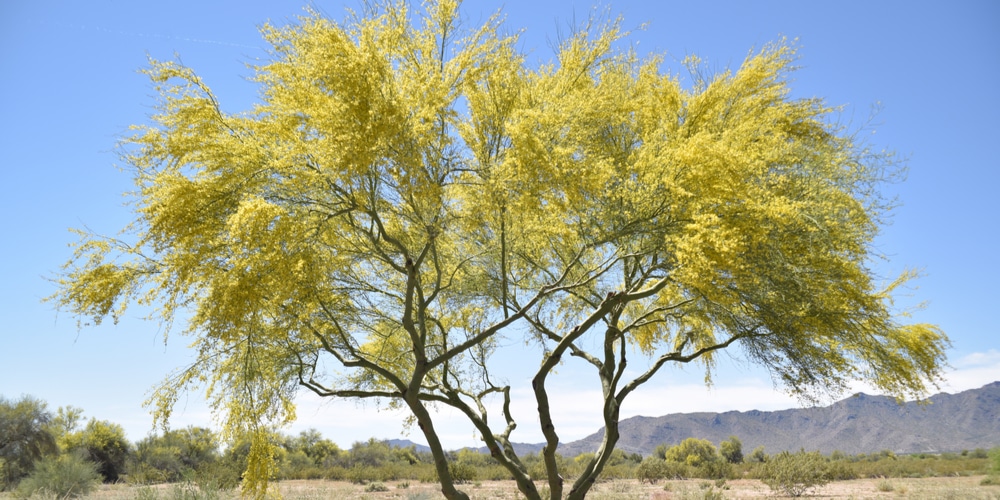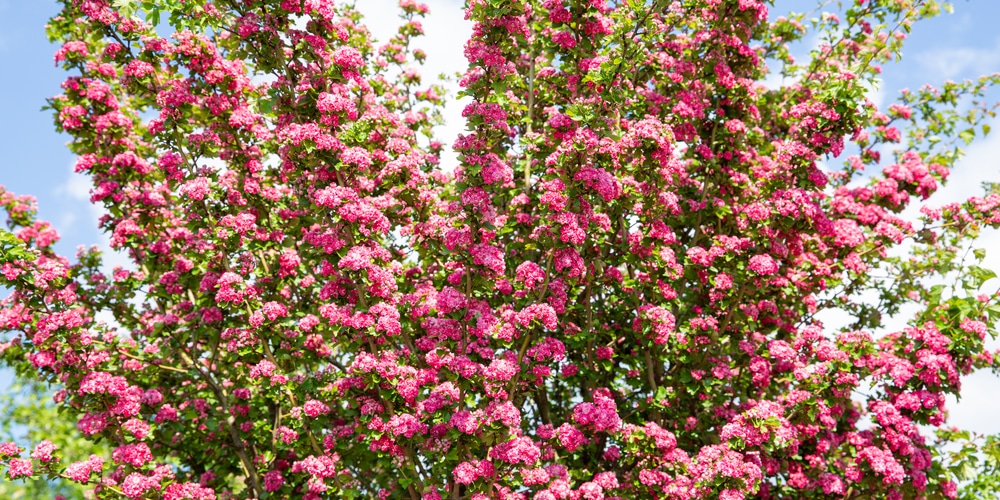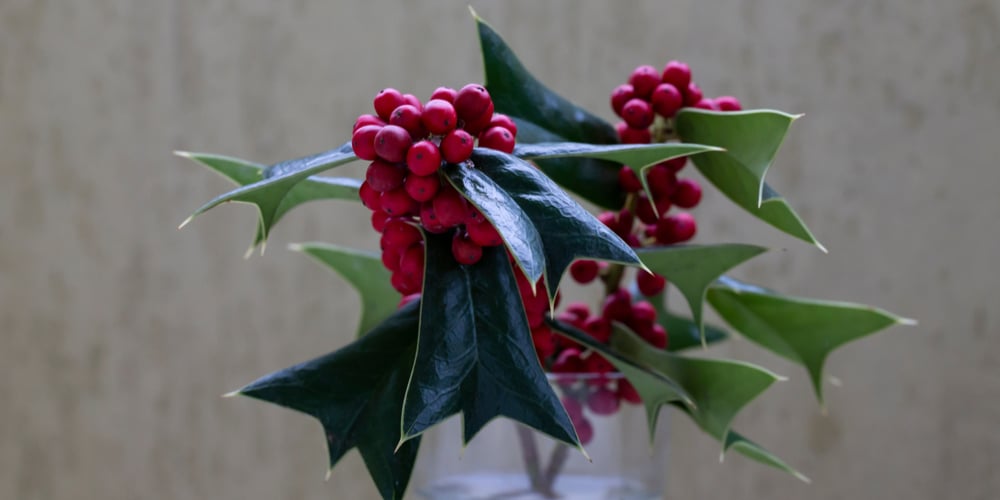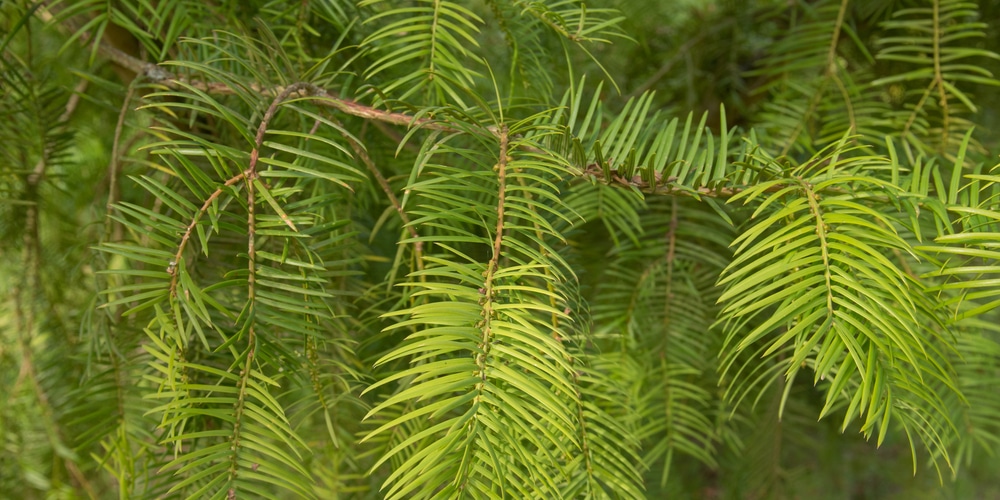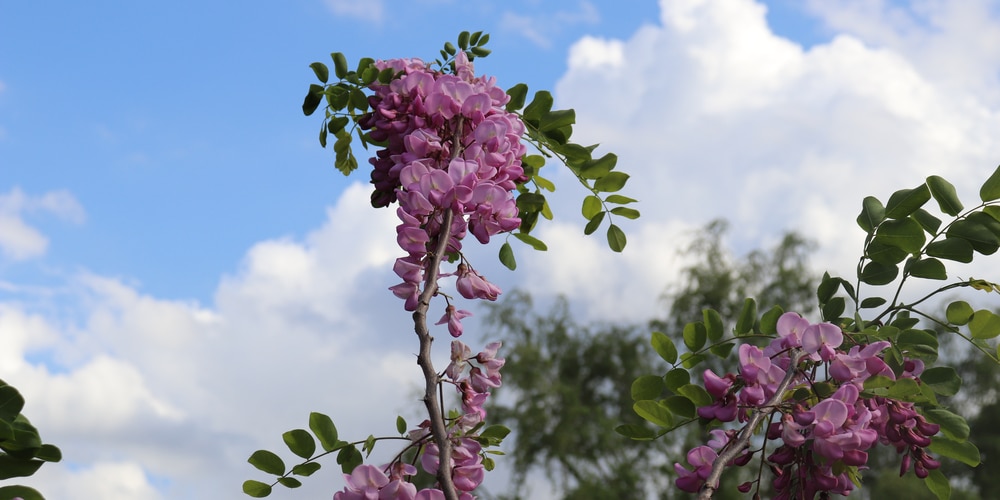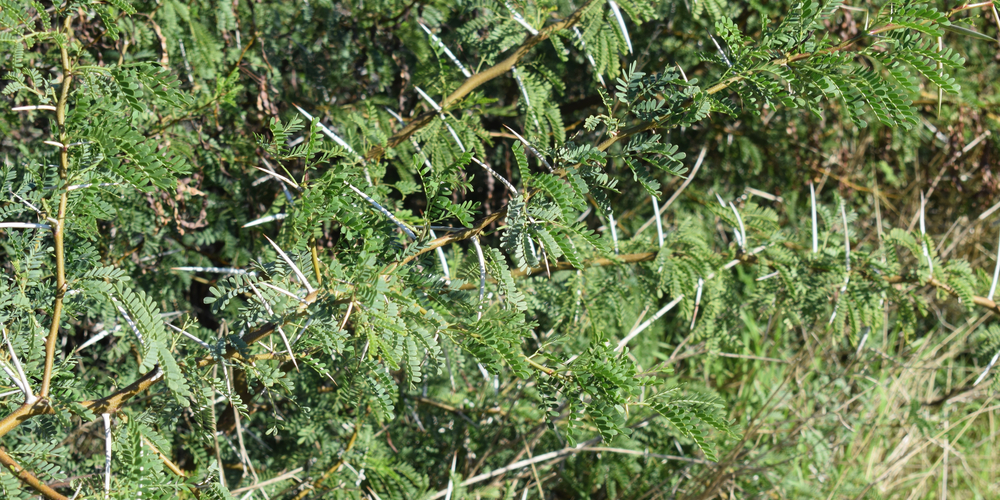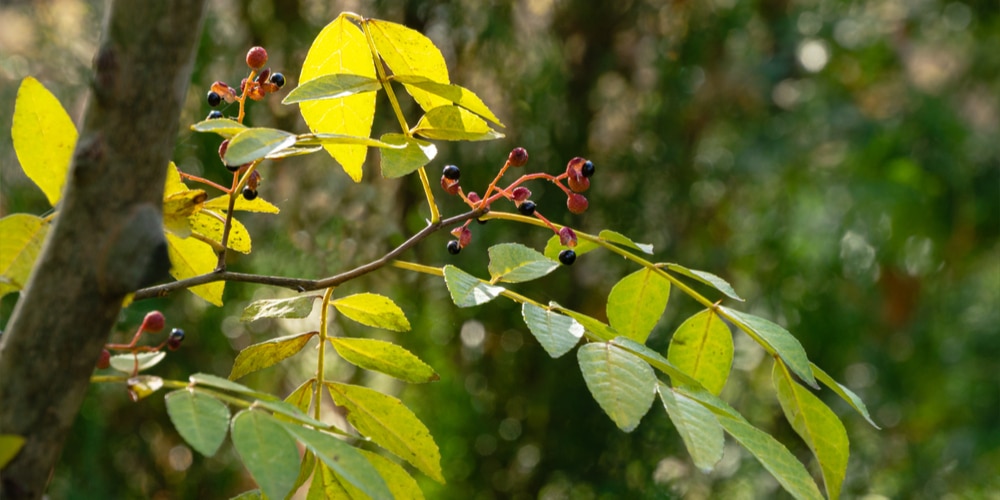There are many different varieties of spiny trees. Spines are outgrowths of a plant that serve several purposes, such as deterring herbivores and reducing moisture loss.
While it’s not common to see spines on trees, there are a few species that have adapted to use them for these purposes.
With branches and trunks covered in spines, these trees are some of the most fascinating (and dangerous) plants in the world.
Spiny Trees
But despite their rugged appearance, these spiny trees are some of the most beautiful and intriguing plants around. Here are ten of our favorites:
Japanese Angelica
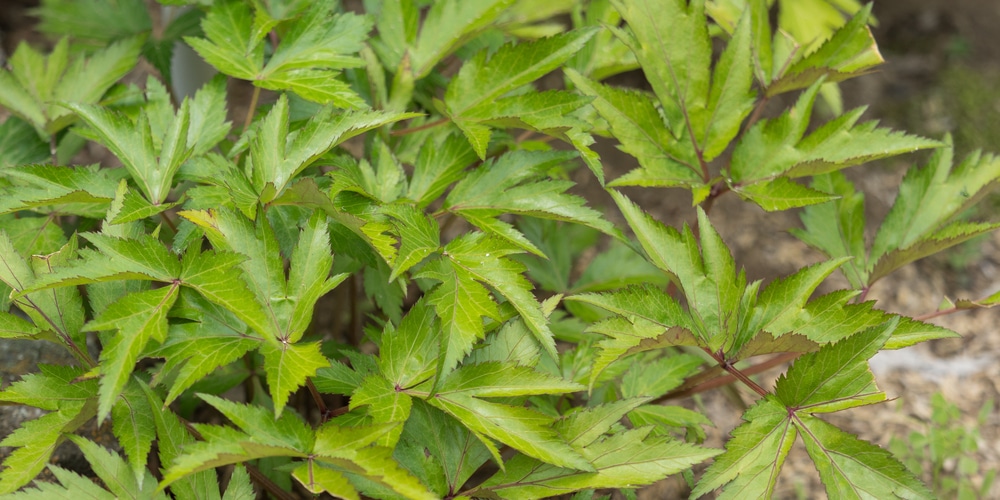
Japanese Angelica might be one of the most striking spiny trees in the world. This tall, slender tree has a broad canopy of dark green leaves and vibrant orange bark.
Thanks to its impressive crown and powerful branches, this tree can easily dominate any landscape with its imposing presence.
Beyond its dramatic appearance, however, Japanese Angelica is also characterized by its unique spines. These long, sharp thorns protrude from every inch of the tree’s trunk and branches, giving it a fierce and defensive demeanor that few other trees can match.
Despite its somewhat menacing appearance, however, Japanese Angelica remains one of the most beautiful and fascinating spiny trees on the planet.
English Hawthorn
English hawthorn, or Crataegus laevigata, is an impressive tree characterized by its long, dagger-like thorns. Closely related to the pear and apple trees, this spiny tree can reach up to 20 meters in height with a broad crown of twisted branches.
The leaves are a luscious green color and emit a pleasant fragrance when crushed. In addition to its distinctive spines, the English hawthorn is also known for producing beautiful white blooms in springtime and bright red berries in autumn.
Blue Palo Verde
The blue palo verde is a small tree that is native to the southwestern United States and northern Mexico. The tree gets its name from its blue-green bark, which is caused by a coating of chlorophyll.
The blue palo verde is an important food source for bees and other pollinators and animals such as deer, javelina, and rabbits.
The tree is also used as a shade tree in desert landscapes. The blue palo verde is an evergreen tree that can grow up to 20 feet tall. It has a rounded crown and slender branches covered in small, sharp spines.
The tree’s leaves are alternate, simple, and oblong, with tooth-like serrations on the margins. The flowers of the blue palo verde are yellow or cream-colored, and they bloom in springtime. Additionally, the tree produces small, greenish-yellow fruits that are eaten by birds and other animals.
Paul’s Scarlet
Paul’s Scarlet is a spiny tree native to Madagascar. The tree gets its name from the beautiful, scarlet flowers that bloom in clusters at the ends of the branches. The flowers are pollinated by birds, and the resulting fruit is a small, dark-purple berry.
Paul’s Scarlet is an evergreen tree, meaning it keeps its leaves all year round. The leaves are glossy and dark green, with a leathery texture. The tree can grow up to 30 feet tall and has a pair of long, sharp thorns at the base of each leaf.
Paul’s Scarlet is an endangered species due to habitat loss; however, it is grown in some botanical gardens as an ornamental tree.
Chinese Holly
The Chinese holly is a unique tree characterized by spiny leaves, vibrant red berries, and an elegant, twisting trunk. With its distinctive beauty and adaptability, this tree is popular among gardeners and landscapers alike.
Although it prefers to grow in areas with dry soils and ample sunshine, the Chinese holly can tolerate various environmental conditions.
And though it typically grows between 6 and 12 feet tall, it can sometimes reach heights of up to 20 feet or more. Whether used as a standalone specimen or planted among other green plants, this spiny tree is sure to draw attention with its striking aesthetic.
California Nutmeg
The California Nutmeg is a small to medium-sized spiny tree that is native to the coastal regions of California. The tree gets its name from the edible nuts that it produces, which have a sweet, nutty flavor.
The California Nutmeg is also known for its distinctive leaves, which are dark green and glossy on top, with a whitish underside. The tree’s bark is smooth and brown, with a reddish hue.
Its small white flowers bloom beautifully in the spring, with the California Nutmeg’s fruits ripening in the fall. This spiny tree typically grows between 15 and 25 feet tall, but it can sometimes reach heights of up to 40 feet.
Purple Robe Black Locust
Known for its beautiful, purple-hued flowers, the Purple Robe black locust is a small to medium-sized spiny tree that is native to the southeastern United States.
The tree gets its name from the clusters of purple flowers that bloom in springtime. These flowers are followed by dark brown or black seeds that are contained within pods.
It is considered an adaptable tree that can grow in a variety of soil types and climates. However, it prefers to grow in moist, well-drained soils. The tree typically reaches heights of between 20 and 30 feet.
Additionally, the Purple Robe black locust is known for its aggressive root system, which can damage sidewalks, foundations, and sewer lines.
Honey Locust
When most people think of spiny trees, they probably envision the honey locust. This tree is native to the central and eastern United States and parts of Canada.
It gets its name from the sweet, sticky substance that can be found on the tree’s leaves and branches. The honey locust is also known for its long, sharp thorns, reaching up to four inches in length.
This deciduous tree typically grows to between 50 and 80 feet tall. However, some honey locust trees have been known to reach heights of up to 150 feet. The tree has a lifespan of around 100 years.
Additionally, the honey locust is considered an invasive species in many parts of the world.
Prickly Ash
Prized for its medicinal properties, the prickly ash is a small to medium-sized spiny tree that is native to North America and parts of Asia. The tree gets its name from the sharp, prickly thorns covering its trunk and branches.
These thorns can be up to two inches long, with some species having thorns that are even longer.
With its long, thin branches covered in sharp thorns, it is easy to see why this tree has earned its name.
However, prickly ash does more than just look intimidating; it also produces aromatic yellow or white blossoms that are highly fragrant and taste delicious when infused in teas and sauces.
In addition, the leaves of the prickly ash contain powerful medicinal compounds that are used to help treat a variety of ailments, from pains and fevers to digestive disorders.
Little Leaf Palo Verde
An eye-catching tree native to the southern United States, Mexico, and parts of Central America, the little leaf palo verde is easily recognizable by its bright green trunk and branches. Although it is a member of the bean family, the little leaf palo verde does not produce beans.
Instead, its spiny seeds are contained in small pods that hang from the branches. The little leaf palo verde is a hardy tree that can withstand harsh conditions. It is often found growing in desert habitats, providing shelter and food for wildlife.
When conditions are dry, the little leaf Palo Verde’s leaves will curl up to prevent water loss. This adaptation helps the tree to survive in regions with limited water resources.
Spiny Trees: Final Thoughts
These are just a few of the many fascinating spiny trees that can be found worldwide. Each one has its own unique features and adaptations that help it to thrive in its natural habitat.
Despite their prickly appearances, these trees play an important role in the ecosystems they inhabit.
So, the next time you see a spiny tree, take a moment to appreciate its beauty and wonder at the fascinating ways it has adapted to survive in its environment.
Related Article: 9 Trees with Seed Pods

